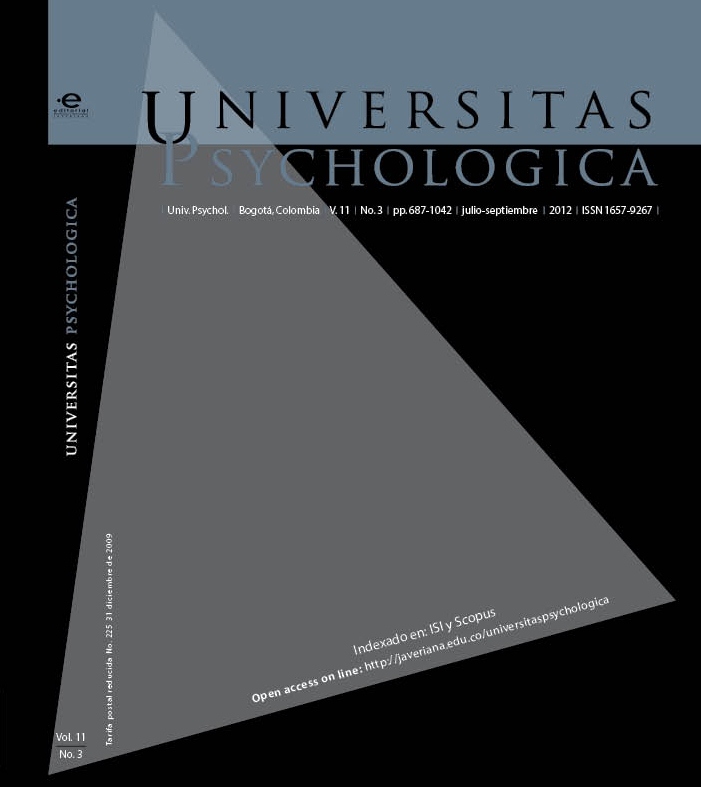Abstract
The objective of this study was to evaluate the strategies of verbal communication, nonverbal communication and avoidance of communication barriers that shows the physical education teacher on the intrinsic motivation of their students. 214 students of Compulsory Secondary Education in physical education classes participated in the study. The Communication Scale in Physical Education (ECEF) and the Avoidance Scale of Communication Barriers in Physical Education (EEBCEF), were designed and validated for this study. The intrinsic motivation was also measured. The results of the analysis of psychometric properties of the two new scales were appropriate, so it can initially be considered valid and reliable instruments. The linear regression analysis showed that the use of strategies to avoid communication barriers is the construct that greater predictive power seems to have on intrinsic motivation of students.
This journal is registered under a Creative Commons Attribution 4.0 International Public License. Thus, this work may be reproduced, distributed, and publicly shared in digital format, as long as the names of the authors and Pontificia Universidad Javeriana are acknowledged. Others are allowed to quote, adapt, transform, auto-archive, republish, and create based on this material, for any purpose (even commercial ones), provided the authorship is duly acknowledged, a link to the original work is provided, and it is specified if changes have been made. Pontificia Universidad Javeriana does not hold the rights of published works and the authors are solely responsible for the contents of their works; they keep the moral, intellectual, privacy, and publicity rights. Approving the intervention of the work (review, copy-editing, translation, layout) and the following outreach, are granted through an use license and not through an assignment of rights. This means the journal and Pontificia Universidad Javeriana cannot be held responsible for any ethical malpractice by the authors. As a consequence of the protection granted by the use license, the journal is not required to publish recantations or modify information already published, unless the errata stems from the editorial management process. Publishing contents in this journal does not generate royalties for contributors.


